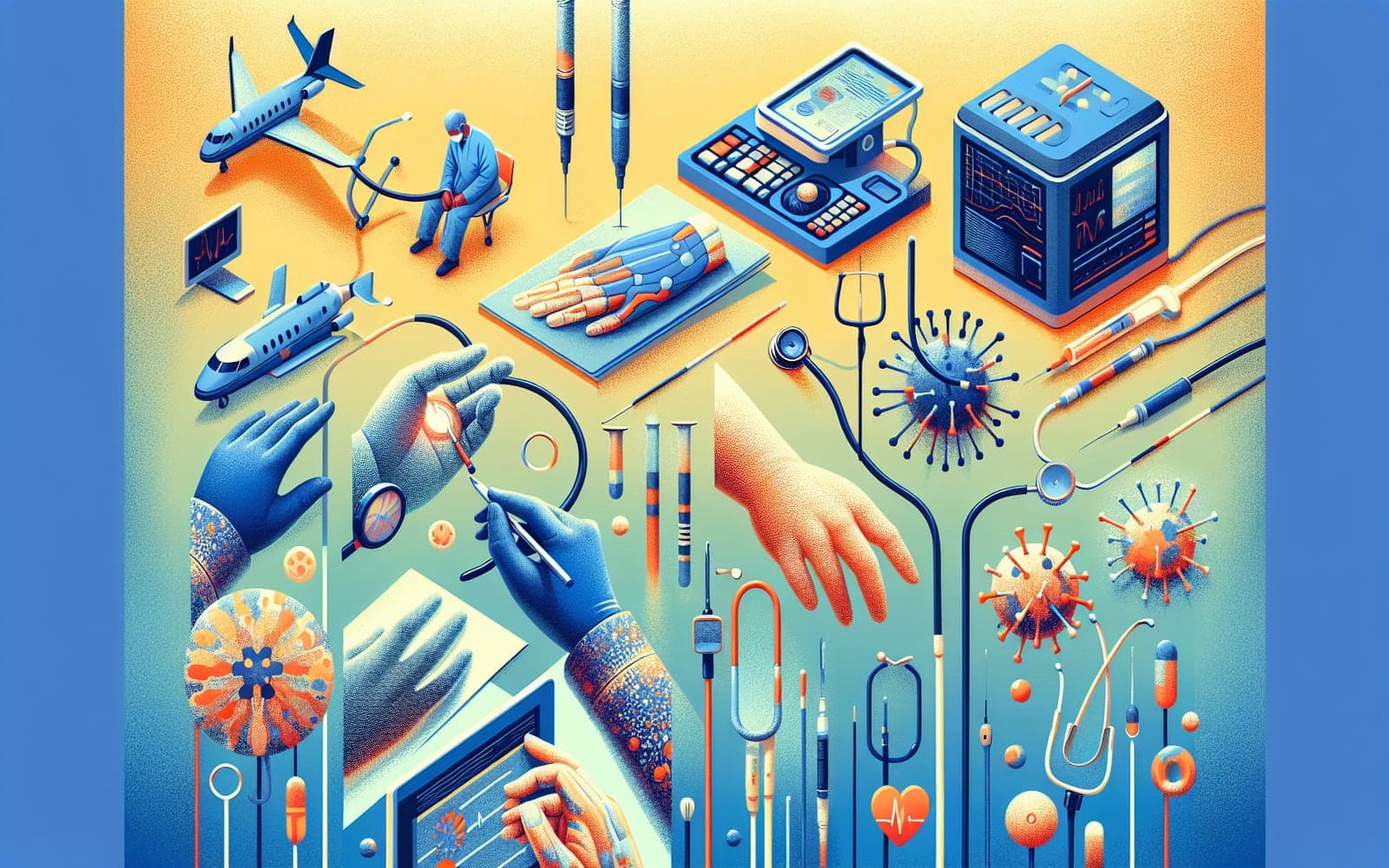Are You at Risk for Raynaud's? Surprising Factors That Increase Your Chances
Are You at Risk for Raynaud's? Surprising Factors That Increase Your Chances
Who's Most Vulnerable?
Raynaud's phenomenon affects millions worldwide, but some people are more likely to develop it than others. What factors increase your risk of experiencing those telltale cold, numb fingers?
Contents
- The Gender Gap
- Age Matters
- Environmental and Occupational Risks
The Gender Gap
Women are significantly more likely to develop Raynaud's than men. In fact, studies suggest that women are up to nine times more likely to be affected. This gender disparity may be related to hormonal factors, as estrogen appears to play a role in the regulation of blood vessel constriction.
Age Matters
Raynaud's often first appears between the ages of 15 and 30. However, it can develop at any age. Primary Raynaud's (the type not associated with other conditions) tends to start earlier in life, while secondary Raynaud's often develops later, in conjunction with other health issues.

Environmental and Occupational Risks
People who live in colder climates are more likely to develop Raynaud's. Additionally, certain occupations can increase risk. Workers who use vibrating tools, like jackhammers, or who are exposed to certain chemicals may be more prone to developing secondary Raynaud's phenomenon.
FAQs
Does smoking increase Raynaud's risk?
Yes, smoking constricts blood vessels and can worsen symptoms.
Can stress cause Raynaud's?
Stress triggers attacks but doesn't cause the condition itself.
Are there racial differences in Raynaud's risk?
It appears more common in Caucasians, but can affect all races.
Understanding Your Risk
While some risk factors for Raynaud's are beyond our control, being aware of them can help us take appropriate precautions and seek early treatment if symptoms develop.
Additional References
- Garner R, et al. Prevalence, risk factors and associations of primary Raynaud's phenomenon: systematic review and meta-analysis of observational studies. BMJ Open 2015; 5:e006389.
- Fraenkel L, et al. The association of estrogen replacement therapy and the Raynaud phenomenon in postmenopausal women. Ann Intern Med 1998; 129:208.
This article has been reviewed for accuracy by one of the licensed medical doctors working for Doctronic.











